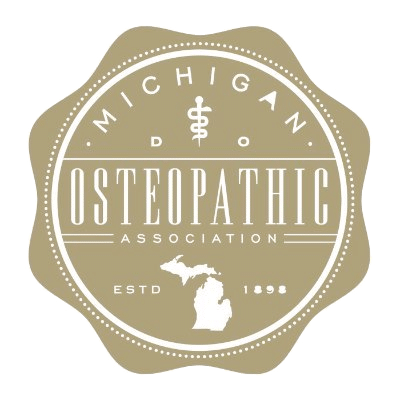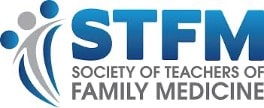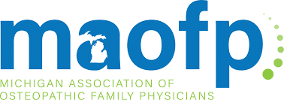The foundation of Osteopathic Medicine is based on these 5 principles.
- The body is a unit. A person is a unit of body, mind and spirit.
- The body is capable of self-regulation, self-healing and health maintenance.
- The structure and function of the body are mutually interrelated.
- There is a musculoskeletal component of disease and manipulative treatment can restore the body’s function, enhance wellness and assist in the recovery from disease and injury.
- Treatment is based on an understanding of these basic principles.
Osteopathic medicine is a patient-focused approach to health care that takes into account every aspect of the patient, including his or her physical, personal, and spiritual well-being.
Developed more than 130 years ago by Andrew Taylor Still, MD, DO, osteopathic medicine brings a unique philosophy to traditional patient care. Understanding that the body is more than just a sum of its parts, osteopathic physicians (Doctor of Osteopathy, or DOs) assist the patient’s innate capacity to heal by addressing the interrelationship of the body’s nerves, muscles, bones and organs. Osteopathic physicians are licensed to prescribe medicine and practice in all medical and surgical specialties and subspecialties.
For any medical condition, osteopathic physicians understand that each individual expresses health and disease differently and that the absence of disease does not imply the presence of health. Therefore, osteopathic physicians are trained to recognize changes in body structure that alter function which may contribute to “dis-ease.”
In addition to managing medical conditions with pills or surgery, DOs are trained in osteopathic manipulative treatment (OMT). OMT is the therapeutic application of manual techniques by an osteopathic physician to address the changes in body structure to improve physiologic function. OMT techniques range from gentle palpation to high-pressure or rapid, forceful manipulation.
At your first visit, Dr. Gruber will take a comprehensive medical history, which includes a deep dive into your health history timeline, focused on your functional capacity and when things started to go wrong. She will assess your trauma history, nutritional status, review your medical history, medication and any imaging or specialty reports which are available. She will then to a full physical assessment and provide recommendations on a therapeutic treatment plan. Your visit will be an hour long. She will do her best to also provide an OMT treatment to the areas of greatest physical restriction.
That will depend on your medical condition. Some problems only require one visit to fix. Others will require maintenance of once a month. If we are working a specific injury or trauma out of a system, once every few weeks for a few visits.
Please refer to the Billing and Pricing page.
I love to treat patients of all ages and stages. Wheelchair bound to high-level athletes, infant to frail elderly. I think everyone has potential to improve their health. I have deep respect and gratitude for our Veterans and First Responders – and welcome all opportunities to serve, whether it’s helping them heal from a disabling injury or helping them get back to work and will make special accommodations in my schedule to do so.
An Osteopathic doctor is a physician who has completed medical school, with additional training in hands-on manual treatment. We have much more training in diagnostically understanding the wiring of the spine, and how tissue texture change that we feel with our hands in certain areas of the spine relates to dysfunction of the underlying organs which share that same innervation pathway to the brain. Such that if someone is having recurrent problems in a specific part of the spine, it can be related to a stomach ulcer, gall bladder problems, irritable bowel, etc. This also gives a very special window of opportunity to affect the autonomic nervous system, which is the part of our nervous system in control of our stress response, often referred to as our “fight or flight” response. Additionally, the Osteopath is able to treat more than the spinal column. Often the area of greatest restriction is in an arm or leg, or sometimes even in the bones of the head or face. All of this is within our skill set to treat. There are some excellent chiropractors out there who have done additional training in these modalities as well, but it is not part of the standard chiropractic school curriculum to integrate these systems of knowledge.
Yes! We often refer our patients to physical therapy! It’s a great way to re-train the body after it’s been in a faulty movement pattern after years of chronic pain and restriction. However, if you are currently in PT, it is our recommendation that it NOT be on the same day as your OMT treatment.
This can happen. It makes sense though. For example, when you have a long-standing restriction in the body, certain muscles start firing at 150% capacity and tighten up. Other muscles, fire only at 30% and remain weak. When that restriction is resolved with an OMT treatment, the recalibration process to get the body balance back to neutral can flare things for the first 2-7 days after a treatment.







